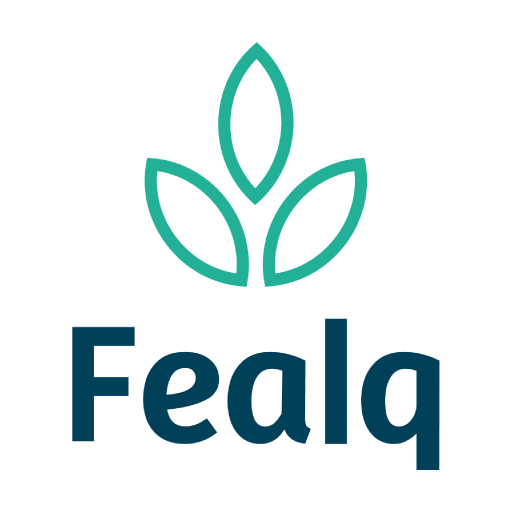Antonio Y.V. Limaa b, Maurício R. Cherubinb c, Danilo F. Silvaa b, Ademir S.F. Araujod, Diogo P. Costae, Jaedson C.A. Motaa, Ícaro V. Nascimentoa, Alexandre S. Queiroza, Erika V. Medeirose, Kaio G.V. Garciaa, Gabriel N. Nóbregaa c, Geocleber G. Sousaf, Wardsson L. Borgesg, Lucas W. Mendesh, Vania M.M. Meloi, Arthur P.A. Pereiraa c
a Soil Science Department, Federal University of Ceará, Fortaleza, Brazil,
b “Luiz de Queiroz” College of Agriculture, University of São Paulo, Piracicaba, São Paulo, Brazil,
c Center for Carbon Research in Tropical Agriculture (CCARBON), University of São Paulo, Avenida Pádua Dias, 11, Piracicaba, SP, 13418-900, Brazil,
d Federal University of Piauí, Teresina, Piauí, Brazil,
e Federal University of Agreste of Pernambuco, Garanhuns, Pernambuco, Brazil,
f University of International Integration of Afro-Brazilian Lusophony, Redenção, Ceará, Brazil,
g EMBRAPA Tropical Agroindustry, Ceará, Fortaleza, Brazil,
h Center for Nuclear Energy in Agriculture, University of São Paulo, Piracicaba, São Paulo, Brazil,
i Biological Sciences Department, Federal University of Ceará, Fortaleza, Brazil






